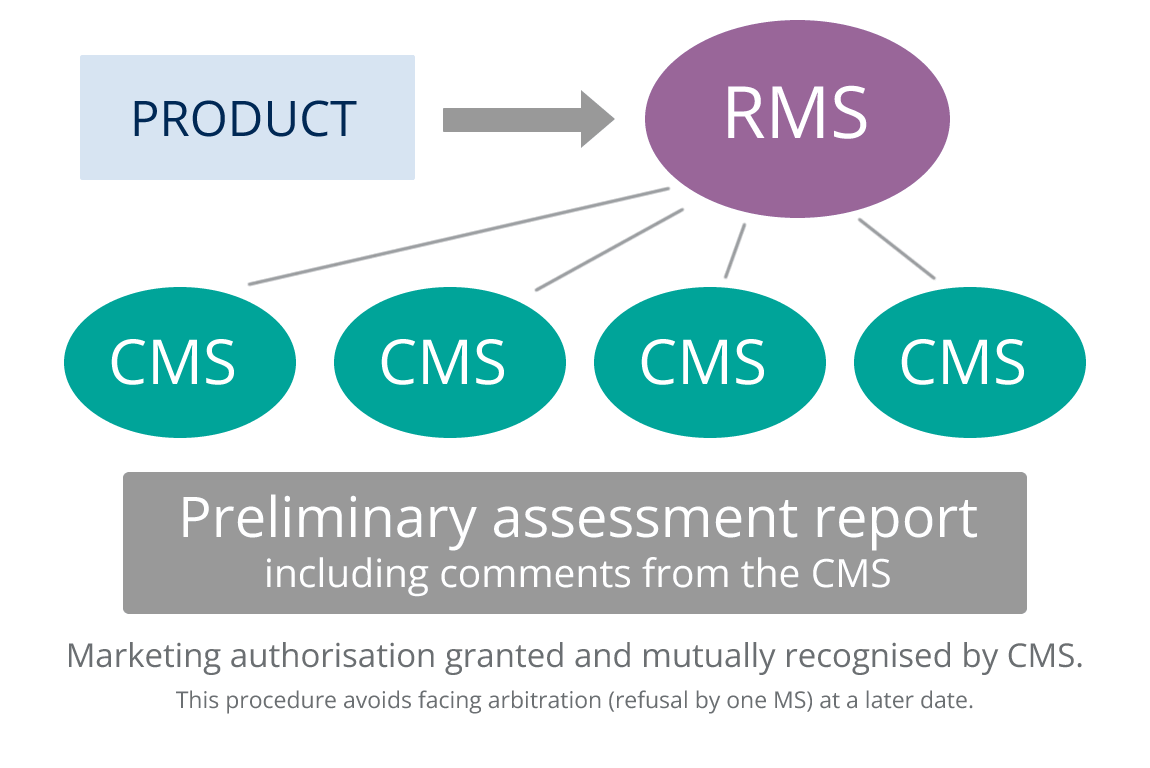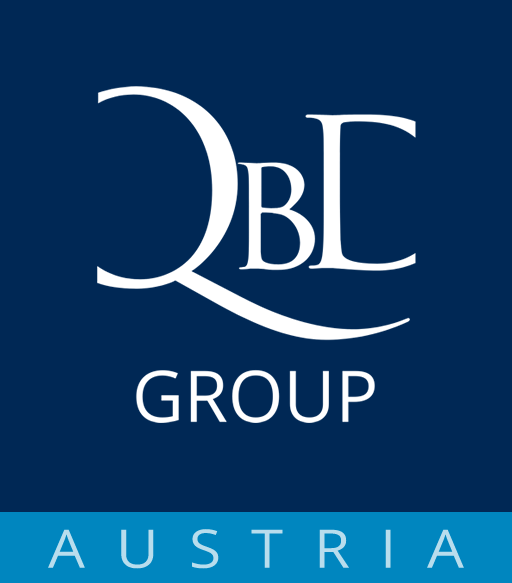Regulatory Procedures
There are various procedures to register pharmaceutical drugs, depending on the type of drug and your intended route to market. QbD’s consultants will walk the right path with you.

Regulatory procedures in the EU
There are various procedures available to register pharmaceutical drugs in the EU. The method chosen depends on the type of drug (Over the Counter – OTC, prescription drugs – Rx, Generics, new chemical entities, products derived from biotechnology, …) and the intended route to market.
European legislation foresees certain procedures for specific product types, e.g the centralised procedure is mandated for products derived from biotechnology, orphan drugs and drugs designed for certain disease groups such as AIDS, cancer, neurodegenerative disorders and diabetics. Other products can be registered via the national route or using one of the European procedures, namely the Mutual Recognition Procedure (MRP) or the Decentralised Procedure (DCP).
If an applicant wishes to obtain a license in one Member State (MS) an application must be made to the national Competent Authority (CA) which then issues a national license. Since 1998 national licenses are strictly limited to the initial phase of Mutual Recognition.
Regulation (EC) No 1084/2003 (MRP or DCP) and Regulation (EC) No 1085/2003 (for CP) describe in annex II the types of applications which fall outside the scope of “variations” but at the same time are not complete new applications. Annex II lists three main categories for existing licensed products with:
- Changes to the active substance
- Changes to strength, pharmaceutical form, and route of administration
- Other changes specific to veterinary medicinal products to be administered to food producing animals
For products to be registered in more that one Member State (MS) and which do not qualify for the Centralised Procedure (CP) applicants must use either the Decentralised Procedure (DCP) or the Mutual Recognition Procedure (MRP). The MRP is to be used if the aim is to register in more than one Member State and the medicinal product in question has already received a Marketing Authorisation (MA) in any MS at the time of application.
The MRP is based on the idea that a national license approved in one EU Member State (Reference Member State – RMS) should be mutually recognised in other EU countries (Concerned Member States – CMS). This is based on the assumption that the evaluation criteria in the EU member states are sufficiently harmonised and are of the same standard. At the end of a MRP national licenses are issued in the CMSs involved in the procedure.
Harmonisation throughout the life cycle of the product is ensured by the application of variations (detailed in Regulation (EC) No 1084/2003) simultaneously in the RMS and the CMSs. To this end the Marketing Authorisation Holder (MAH) must ensure that they have the resources to achieve this concurrent submissions in all countries involved in the MRP.

In order to obtain a Community Authorization, an application is made to the EMEA – The European Medicines Agency. The application is scientifically evaluated by the Committee for Medicinal Products for Human Use (CHMP) or the Committee for Medicinal Products for Veterinary Use (CVMP). The European Commission receives an opinion within 210 days and drafts a decision on a Community MA. A MA granted under the CP is valid for the entire EU market.
The Centralised Procedure (CP) is mandated for:
- Biotechnology products
- Orphan medicinal products and
- Medicinal products containing a new active substance intended to treat acquired immune deficiency syndrome (AIDS), cancer, neurodegenerative disorders and diabetes
- Therapeutically innovative products
- OTC products with a clear added value for the community
- Certain generic products
References:
Document: Notice to Applicant, Vol 2A, Chapter 1 “Marketing Authorisation”, 2005.
Document: Notice to Applicant, Vol 2A, Chapter 2 – Mutual Recognition (updated version – February 2007)
Document: Notice to Applicant, Vol 2A, Chapter 4 – Centralised Procedure (updated version – Avril 2006)
Commission Regulation (EC) No 1085/2003 of 3 June 2003
Commission Regulation (EC) No 1084/2003 of 3 June 2003
How we support you
- Choose the right procedure for your product
- Advise on a regulatory strategy
- Make contact with the national competent authorities
- Organise and lead agency meetings
- Follow your application through to registration
Why opt for the QbD Group?
EXCEPTIONAL RA SERVICES THAT MEET YOUR NEEDS
10+ years of experience
Benefit from our team of highly qualified consultants.
Full life cycle support
Full support from pre- to the post-marketing phase.
Global presence
QbD operates globally, at QbD Austria with a special focus on Europe (EU) and China.
Customer satisfaction
Constant evaluation, transparency and clear objectives.
Contact us
Talk to an expert
Contact us for more information or to request a free, no-obligation proposal.
